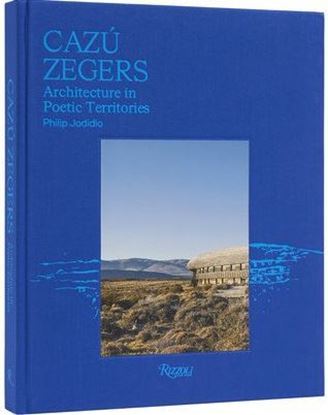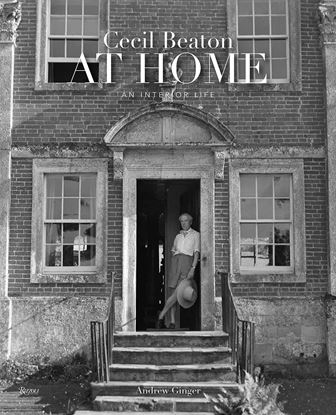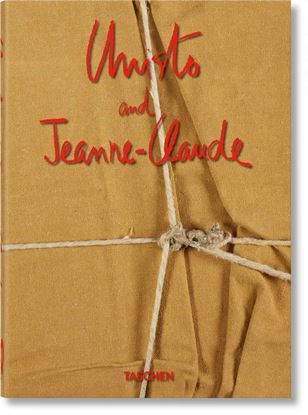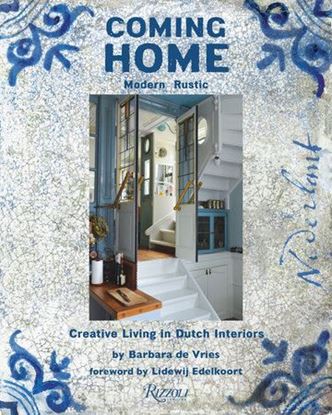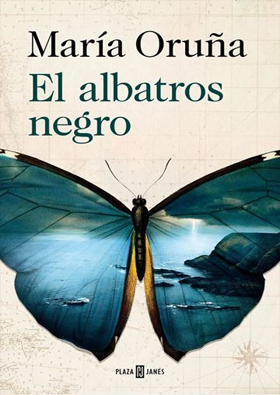

CAZU ZEGERS. ARCHITECTURE IN POETIC
This is the first major book on Zegers, who practices an intensely artistic and ecological form of architecture based on landscapes in which she builds. Working frequently in timber, Zegers reaches unique, sustainable, and recyclable solutions that combine and rescue the traditional work of Chilean carpenters with modern techniques. In an almost metaphysical journey, in which organic forms, curves, diagonals, and verticals are combined, Zegers affirms her rising presence as a force in ecologically minded architecture.
5,300
CHRISTIAN SIRIANO
The popular American fashion designer takes us on an exhilarating journey with today’s biggest stars wearing his statement-making designs on the world’s most exciting red carpets.
This highly anticipated sequel to Dresses to Dream About (2017), delves into Siriano’s continued evolution as a visionary, from his groundbreaking fashion that celebrate diversity, inclusion, and body positivity to the meticulous craftsmanship behind each creation. This inspiring tome explores the intersection of fashion, art, and celebrity culture, offering a front-row seat to the dazzling spectacle of Siriano’s bold designs worn by glamorous actors, top models, pop culture legends, LGBTQIA+ icons, and first ladies.
2,995
CHRISTO & JEANNE-CLAUDE (40) (INT)
The works of Christo and Jeanne-Claude are monuments of transience. Gigantic in scale, they are always temporary, created to exist only for a limited time and to leave unique, unrepeatable impressions. “From the smallest of the Packages made in Paris in the early 1960s, to the delicate pattern of hundreds of branches embraced by a translucent fabric veil... in Christo and Jeanne-Claude’s works there is nothing abstract, nothing imagined; it is all there―corporeal and tangible.” (Lorenza Giovanelli)
1,500
COLECCION PERSONAL
Relojes mecánicos, cronógrafos, de buceo y de cuarzo: un recorrido por la historia de la relojería a través de 90 modelos emblemáticos. * Desde los primeros relojes de pulsera hasta los relojes de cuarzo, todos tienen un interés histórico, mecánico o meramente estético. * Un viaje a través de las épocas y las diferentes complicaciones de la relojería. Siglos, incluso milenios, de innovación técnica han llevado a la creación de los relojes tal y como los conocemos hoy. Complejos y estéticos, son obra de artesanos muy cualificados y con un saber hacer excepcional. Pero ¿qué sentido tienen los relojes mecánicos en la era de los smartwatches? ¿Por qué nos fascinan? Tal vez sea porque, junto con la ropa, son los objetos más íntimos de nuestras vidas. Quizá también sea porque algunos han protagonizado extraordinarias aventuras humanas. Acaso porque otros nunca habrían visto la luz sin la perseverancia y la imaginación de grandes personalidades. ¿Somos realmente los dueños de un reloj o nos limitamos a transmitírselo a las generaciones venideras? Pese a las cicatrices que el tiempo les haya dejado, la mayoría de los modelos que figuran en este libro nos sobrevivirán. De hecho, la mayoría de ellos son relojes antiguos, con pátina, oxidados, imperfectos, simplemente vividos.
2,900
COMING HOME
A celebration of the innovative, artisanal, and sustainable living exemplified by contemporary Dutch interiors.
With a carefully curated collection of interiors, including historic canal houses, restored farms, and green homes, belonging to interior designers, product designers, architects, and artists, this book showcases creative and resourceful living. These properties have been created or renovated and brought into the twenty-first century with typical Dutch style and sensibility—environmentally friendly, imaginative uses of space filled with color and charm and never to be taken too seriously.
1,995

